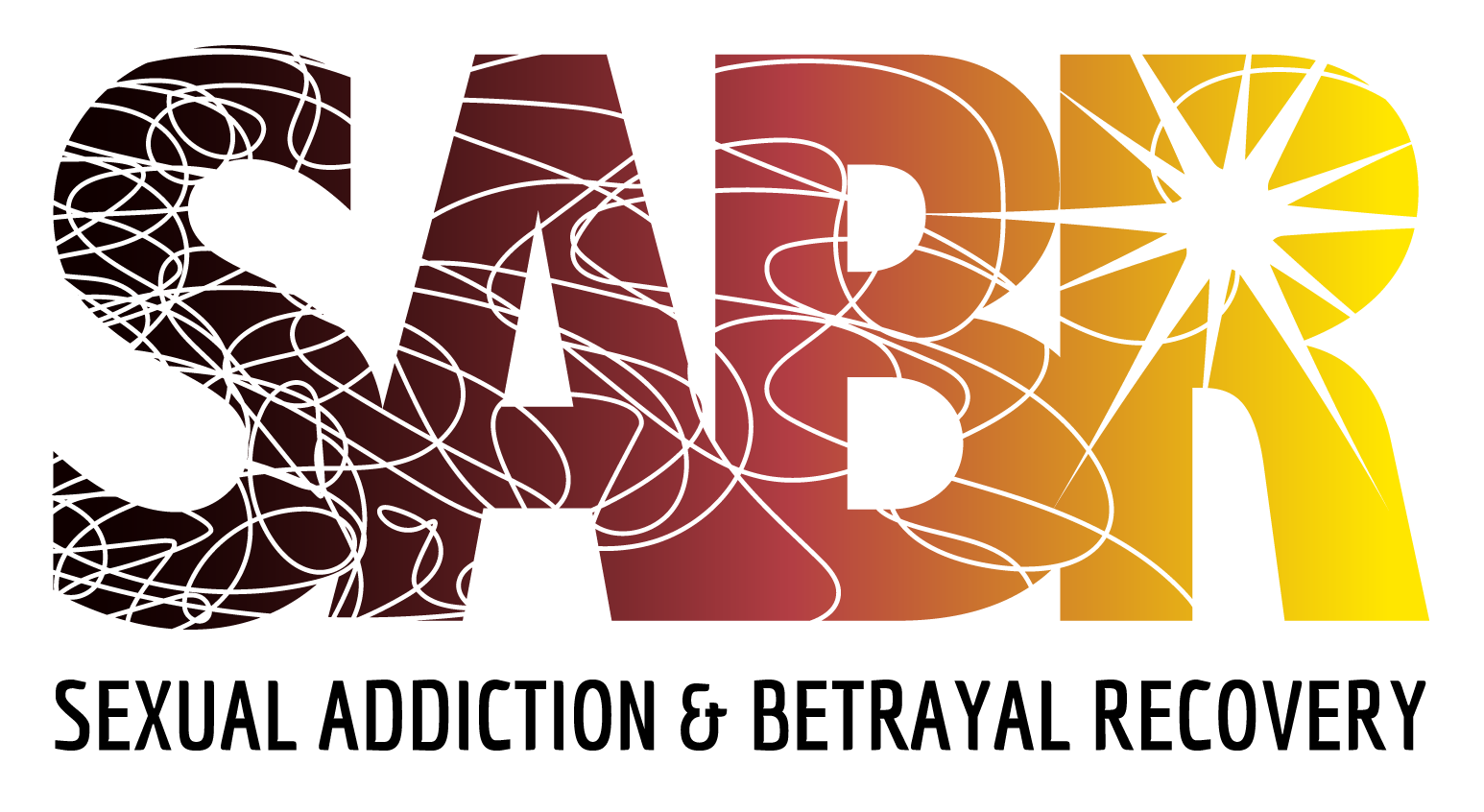
Addiction is a complex condition that can manifest in various forms, broadly categorized into process addictions and substance addictions. While both types involve compulsive behaviors and can have devastating effects on an individual's life, they differ fundamentally in their nature and the mechanisms through which they affect the brain.
Process Addictions vs. Substance Addictions
Substance addictions, as the name implies, involve the use of external substances such as alcohol, drugs, or nicotine. These substances alter brain chemistry by introducing foreign chemicals that stimulate the brain's reward system. Over time, the brain becomes dependent on these substances to maintain normal function, leading to physical and psychological dependency.
In contrast, process addictions, also known as behavioral addictions, do not involve an external substance but rather a compulsion to engage in certain behaviors. Common examples include gambling, internet use, shopping, and pornography. In these cases, the addiction is driven by the brain's natural chemicals, particularly dopamine, which is released during the activity and reinforces the behavior.
The Role of Brain Chemistry
Both process and substance addictions are closely linked to the brain's reward system, which relies heavily on dopamine, a neurotransmitter associated with pleasure and reward. In substance addiction, external substances artificially elevate dopamine levels, creating a sense of euphoria and reinforcing the desire to use the substance again.
Process addictions, however, involve the brain producing excess dopamine in response to certain behaviors. For example, when someone watches pornography, their brain releases dopamine, creating a pleasurable sensation. Over time, this behavior can become compulsive as the brain starts to crave the dopamine rush, much like it would with an external substance. The repeated release of dopamine in response to the addictive behavior strengthens neural pathways associated with the activity, making it increasingly difficult to break the cycle.
Pornography Addiction as a Process Addiction
Pornography addiction is a prime example of a process addiction. Unlike substance addiction, there is no external chemical involved; instead, the addiction is fueled by the brain's natural response to sexual stimuli. Watching pornography leads to the release of dopamine, which creates feelings of pleasure and satisfaction. This positive reinforcement encourages repeated behavior, leading to a cycle of addiction.
Over time, individuals with pornography addiction may find that they need to consume more explicit material or spend more time engaging in the behavior to achieve the same level of satisfaction. This escalation is similar to the tolerance developed in substance addiction, where increasing amounts of the substance are needed to achieve the desired effect.
Addressing Process Addictions
Treating process addictions involves breaking the cycle of compulsive behavior and managing the brain's response to the activity. Cognitive-behavioral therapy (CBT) is commonly used to help individuals identify and change maladaptive thought patterns and behaviors associated with the addiction. Additionally, developing healthy coping mechanisms and finding alternative sources of pleasure and satisfaction can be crucial steps in the recovery process.
Support groups and recovery programs specifically designed for process addictions can also provide valuable resources and a sense of community for individuals struggling with these issues. By addressing the underlying psychological and neurological factors, individuals can learn to manage their addictions and lead healthier, more balanced lives.
Conclusion
Understanding the difference between process addictions and substance addictions is crucial for effective treatment and recovery. While both types of addiction involve the brain's reward system and the release of dopamine, process addictions are driven by the brain's internal chemistry in response to certain behaviors. Recognizing pornography addiction as a form of process addiction helps in developing targeted interventions that address the unique challenges associated with this condition. With the right support and strategies, individuals can overcome process addictions and achieve long-term recovery.
Family Strategies Counseling Center has actively serviced clients since 2000 in treatment for pornography addiction or sexually compulsive behavior. Our SABR program for adults, Tribe for college, and Band of Brothers for teens can help you! Give us a call at (800) 614-8142 or visit our website for more information: Family Strategies.

 -->
-->